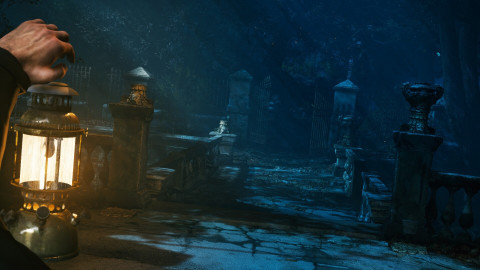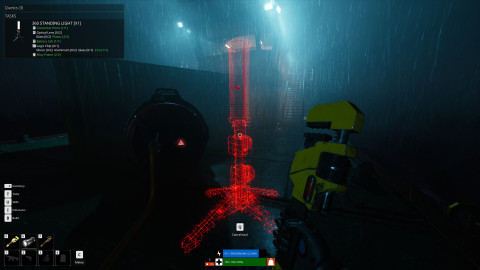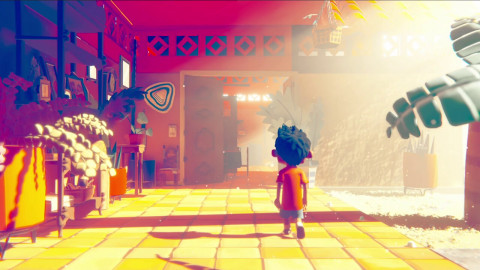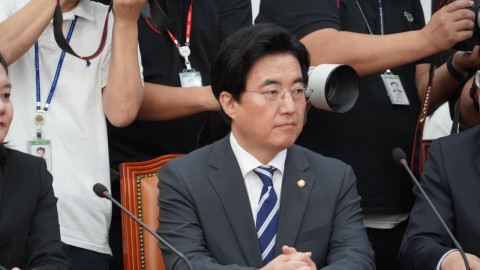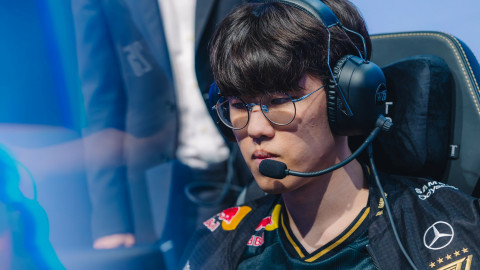
The finals match of the 2021 League of Legends Championship Series Lock In was the best LCS match since 2019. After a stale and relatively disappointing 2020 season for North American League of Legends esports fans, the conclusion of the LCS Lock In was a much-needed change of pace. Let’s dive into the factors of what made the LCS Lock In final between Team Liquid and Cloud9 the best series hosted in North America in over a year.
Team Liquid and Cloud9 were the definitive winners of the LCS off-season, and a big part of why was how little changed between 2020 and 2021 when compared to the rest of the league. Both coaching staffs had a few positional changeups but kept most of the same members, and most importantly, three-fifths of both starting rosters were retained.
The advantages to this are clear: not only did both teams have less talent to replace in the off-season, but both could build around the parts of their respective rosters they were keeping and make signings according to the team’s identity.
Team Liquid had a rollercoaster start to 2020 in the form of a late arrival due to visa issues from jungler Mads “Broxah” Brock-Pedersen, which was followed by a benching and subsequent departure of Yilang “Doublelift” Peng after the team finished 9th in the Spring Split.
Fortunately for Team Liquid, TL Academy AD carry Edward “Tactical” Ra ended up being a revelation in Doublelift’s place on his way to winning LCS Rookie of the Year, and his flexibility allowed Broxah to play more towards the top side of the map.

Team Liquid was able to execute the mid lane and bot lane aspects of its playstyle at Worlds 2020 well enough, and went into the off-season looking to make changes in top lane and jungle to best fit what the core of mid laner Nicolaj “Jensen” Jensen, Tactical and support Jo “CoreJJ” Yong-In, the latter of whom is arguably the best player in the LCS.
TL was able to approach the off-season looking for definitive individual upgrades in both top lane and jungle that also fit the identity of the team previously established by the three starters the team retained from 2020.
Cloud9’s route through the off-season was a bit less linear than Team Liquid’s. After announcing the entire roster would be staying together for 2021, only three starters remained. However, C9 certainly kept the right ones — jungler Robert “Blaber” Huang, AD carry Jesper “Zven” Svenningsen, and support Philippe “Vulcan” Laflamme were all voted to the 2020 LCS Summer Split All-Pro Team.
It was the members of this core that showed up big for C9 throughout the LCS Lock In, particularly Blaber and Zven. The trio also was able to synergize with its two new solo laners better and better as the tournament continued due to their previously established familiarity with one another.
Keeping a hold of your stars is important, as is finding players who fit the identity established by those stars, but these players must also be strong individuals in their own rights. Team Liquid signed an arguable top lane upgrade in replacing Jeong “Impact” Eon-young with Barney “Alphari” Morris and a definitive jungle upgrade in signing Lucas “Santorin” Larsen in favor of Mads “Broxah” Brock-Pedersen.
Alphari only arrived in the United States a few days prior to the LCS Lock In, and Santorin missed the entirety of week 1 due to experiencing visa issues for the first time in his career. Despite having little to no time to synergize with their teammates, both Alphari and Santorin slotted right into the TL playstyle and arguably set the respective standards for top laners and junglers at the tournament.
C9 took some time to begin to sync with Perkz, who mostly played a supportive role throughout the group stage of the 2021 LCS Lock In. However, Perkz has been known to turn up his play a notch in best-of-five series play on G2 Esports, and that trait seems to have made it to NA with him.
Cloud9 is well-known for its penchant of reverse sweeps, and Perkz, who has won 8 domestic championships in Europe, is the self-proclaimed reverse sweep king of Europe. True to form on both counts, Perkz and Cloud9 reverse swept TSM in the best-of-three quarterfinals before doing the same to 100 Thieves in the best-of-five quarterfinals.
Fudge struggled more than Perkz throughout the 2021 LCS Lock In, but was able to show off some of his carry potential in the finals against TL. After being batted around by Alphari for three games, the latter of which C9 managed to narrowly win, Fudge took control of the top lane with Irelia and utilized his lane advantages to execute a crucial flank for C9’s game 4 win.
C9 looked poised to complete its third consecutive reverse sweep to win the LCS Lock In, but Alphari’s signature Gangplank and repeated pressure from Santorin and the rest of TL was eventually too much for Fudge and the rest of Cloud9 to overcome. Despite this, Fudge was able to show a glimpse of what he could be capable of in the future and Perkz continued to improve throughout the tournament.
As of now, Cloud9 has a long way to go before its roster hits its ceiling, and the nature of Team Liquid’s players being far more ‘plug&play’ in terms of playstyle and experience was integral in its quashing of C9’s attempted third reverse sweep. However, if Fudge can replicate his level of play from game 4 while continuing to gel with the team alongside Perkz, it wouldn’t be out of the question to see C9 overtake TL come summer, or potentially even sooner.
Let’s not beat around the bush: the 2020 LCS season was bad. Cloud9’s rampage through spring was dampened by the decreased level of competition and entertainment due to the LCS having to move to an entirely online format in March following global compilations caused by the COVID-19 pandemic.
Doublelift’s return to TSM in summer was less than stellar for his usual standard, and Cloud9’s epic collapse led most NA fans to believe the region had no chance at Worlds 2020. For the second year in a row, those fans were right.
This series was a vindicating palette cleanser following a 2020 season where LCS fans could only smile at the silver linings of the season. Both teams featured promising pre-established roster cores and international talent signed around them, and the clash between two teams featured strong macro play around objectives and a heaping helping of early game aggression as a result of the increased play.
Neither side played every game perfectly, but there was not a single moment in the series where it felt as if either team was simply playing not to lose.
In addition to the level of play throughout the series, the mid-game adjustments were also fascinating. Team Liquid absolutely slaughtered Cloud9 in its first two games. TL started out each early game with a slight lead, but with C9 mostly trading punches back. However, in both games, the dam broke for C9 in the mid game and both times, the nexus was shattered by the onset of the late game.
It looked as if C9 would be swept out of the finals after the next draft phase, but in game 3, C9 was able to keep up with TL’s pace by not just trading back kills, but also by securing more objectives than its opponents.
TL led, but C9 stayed only one step behind and waiting for the right moment to come. It did in the form of a fantastic teamfight at Baron Nashor and a subsequent securing of the Hand of Baron buff. C9 took control and scraped out a win to stay alive, and gained momentum heading into what was a slaughter of a game 4.
Cloud9’s adaptations were immaculate midway through the series, and with momentum on C9’s side, it was clear that Team Liquid would have to exploit Fudge even harder than the previous games of the series. TL continued to give Santorin the hot hand in Udyr, and on Gangplank, Alphari teamed up with his jungler time and time again early on to completely remove Fudge’s Irelia from impacting the game after his strong performance in game 4.
C9’s momentum and ability to perform under pressure is impressive, but Team Liquid’s ability to adjust from game 4 to game 5 and immediately execute upon its win condition ended up being the deciding factor in the series. The back-and-forth nature of the series wasn’t just a series of random events, both teams were adapting and adjusting to one another as the momentum shifted back and forth throughout the series.

The LCS Lock In finals was a much-needed change of pace following a 2020 spring filled with Cloud9 stomps and a 2020 summer filled with five-game fiestas to qualify for what led to a disappointing Worlds 2020, but and in its quality level of competition and entertainment, the most recent series played in North America is indicative of a bright future for the new era of the LCS.
Find full schedules, brackets, and more for your favorite esports on Juked.gg!
For more LoL Esports news and content, head over to our dedicated League of Legends section!
Sort by:
Comments :0




